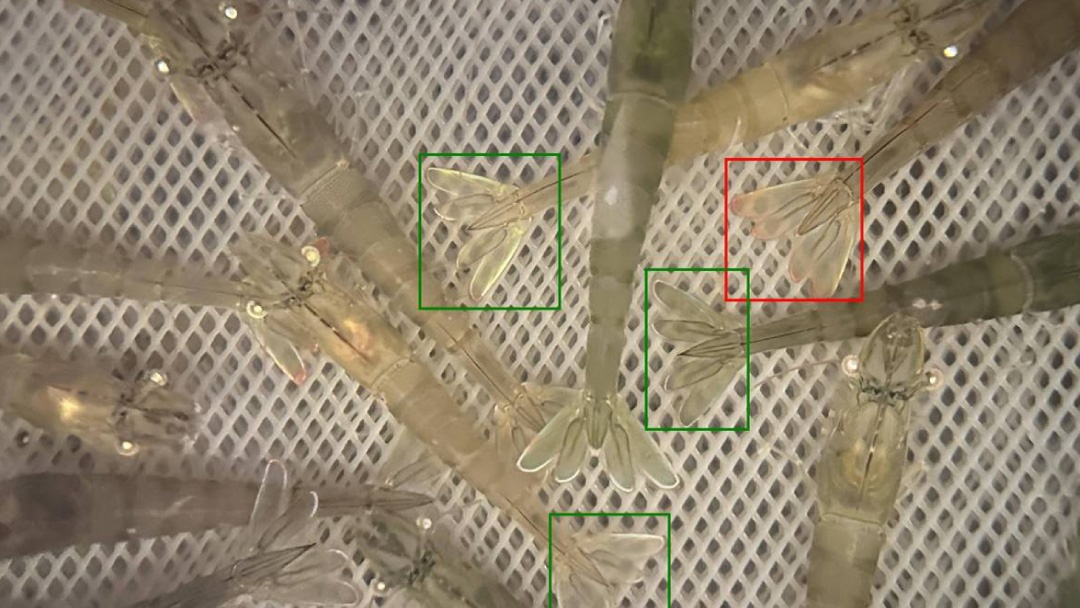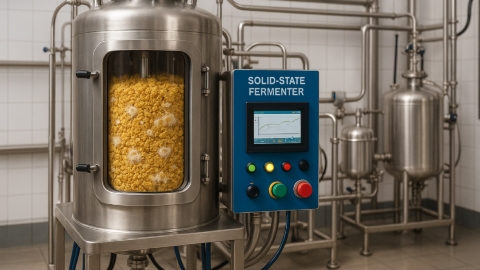
Tropical Shrimp organise themselves differently in the pond before and after feed is distributed, according to a new study led by the University of the West of Scotland in collaboration with Skretting Aquaculture Innovation. The research, conducted using underwater cameras powered by artificial intelligence, offers fresh insights into shrimp behaviour in aquaculture setting.
The project brought together scientists form the University’s Institute of Biomedical and Environmental Health Research and the School of Computing, Engineering and Physical Sciences, alongside Skretting’s innovation centre in Zhuhai, China, where the trials took place.
The study focused on whiteleg shrimp (Litopenaeus vannamei), revealing that their swimming speed increased significantly just after feeding, with individuals rapidly gathering in the feeding zone. In some cases, shrimp density in these areas reached up to four times the average stocking density of the pond. Interestingly, within the feeding area, the shrimp’s movement became noticeably more erratic-a sign of intense food searching.
The trials were conducted in a 28-square-metre experimental pond, where shrimp bahaviour was recorded using submersible cameras equipped with red lighting. A series of trials were run, using advanced computer vision algorithms (YOLACT) trained to detect and track shrimp in murky pond water.
On of the standout findings was that shrimp distribution varied depending on the time of day. At midday, more shrimp were observed in the central zone of the pond, while during the evening they were more evenly spread out-possibly foraging for natural food sources once pellet feeding had ceased.
This research is a step forward in the development of precision aquaculture, helping producers improve feeding strategies and animal welfare. According to the authors, integrating visual monitoring with acoustic sensor could pave the way for smarter, real-time feeding systems-especially useful in commercial operations where feed efficiency is crucial.


